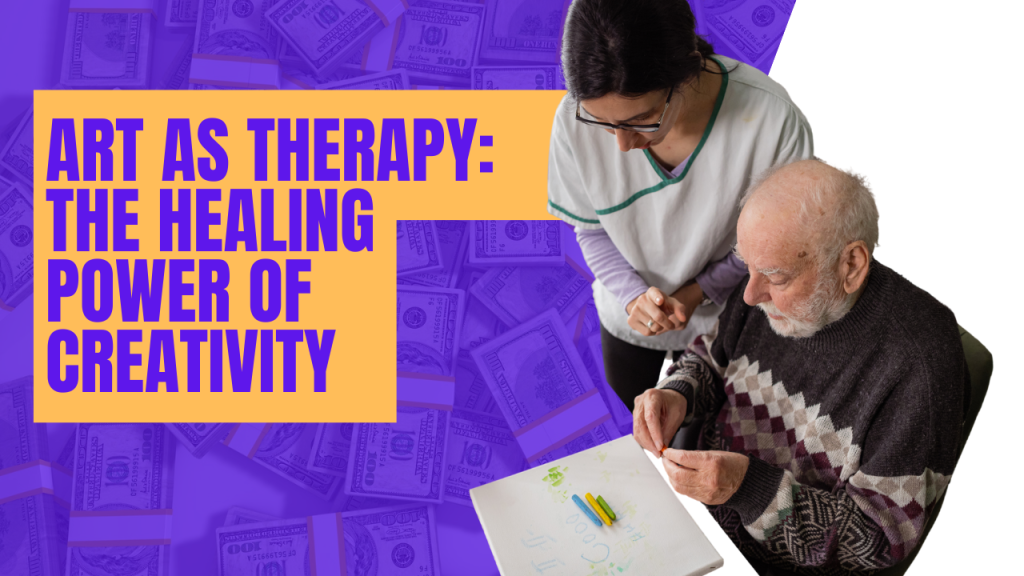
Art has been a fundamental aspect of human expression for centuries, serving not only as a medium for creativity but also as a powerful tool for emotional healing and self-discovery. The concept of “Art as Therapy” highlights the transformative and therapeutic potential of engaging in creative activities. This article explores the profound impact that art can have on mental well-being, delving into the ways in which artistic endeavors can serve as a form of therapy.
Artistic Expression as a Release:
One of the primary ways in which art functions as therapy is through providing a means of emotional release. Through painting, drawing, sculpting, or any other form of artistic expression, individuals can channel their emotions, whether it be joy, sorrow, anger, or confusion, into a tangible form. This process allows for a cathartic release, enabling individuals to externalize their emotions and gain a clearer understanding of their feelings.
Example: Consider a person going through a challenging period in life. Engaging in abstract painting might allow them to express their inner turmoil through vibrant, chaotic brushstrokes, providing a sense of relief and release.
Art as a Reflection of Inner Self:
Creating art often involves introspection and self-reflection. The act of translating thoughts and emotions into visual or tangible forms requires individuals to delve into their inner selves. This self-exploration can lead to a deeper understanding of one’s emotions, thoughts, and experiences, fostering personal growth and self-awareness.
Example: A person grappling with identity issues might use collage-making to piece together images and symbols that resonate with their sense of self, aiding in the exploration and acceptance of their identity.
Mindfulness Through Art:
Engaging in artistic activities encourages individuals to be present in the moment, fostering a state of mindfulness. The concentration required to create art allows individuals to temporarily detach from stressors and anxieties, promoting a sense of calm and relaxation. This meditative quality of art can be particularly beneficial for those struggling with anxiety or racing thoughts.
Example: In a hectic world, a person may find solace in the repetitive, rhythmic motions of pottery, focusing solely on the sensation of the clay in their hands and the transformation taking place beneath their fingers.
Artistic Empowerment and Control:
The process of creating art empowers individuals by providing a sense of control over their creative expression. This autonomy can be especially empowering for those who feel a lack of control in other aspects of their lives. Artistic endeavors offer a space where individuals can make decisions, experiment, and take risks without fear of judgment.
Example: A survivor of trauma might find empowerment in sculpting a figure that represents their resilience, giving them a tangible reminder of their strength and ability to shape their narrative.
Community and Connection through Art:
Art has the unique ability to foster connection and build communities. Group art activities, workshops, or art therapy sessions can create a supportive environment where individuals can share their experiences, thoughts, and creations. This sense of community can be a crucial aspect of healing, providing validation and understanding.
Example: Participants in a group art therapy session might collaborate on a mural that symbolizes unity and shared experiences, reinforcing the idea that they are not alone in their struggles.
Art as therapy is a testament to the profound and multifaceted healing power of creativity. Whether through emotional release, self-reflection, mindfulness, empowerment, or community-building, engaging in artistic activities can contribute significantly to mental well-being. In a world where mental health is an increasing concern, recognizing and harnessing the therapeutic potential of art offers a valuable and accessible avenue for healing and self-discovery. So, pick up that paintbrush, mold that clay, or grab those colored pencils – your journey to emotional well-being may just be a creative endeavor away.